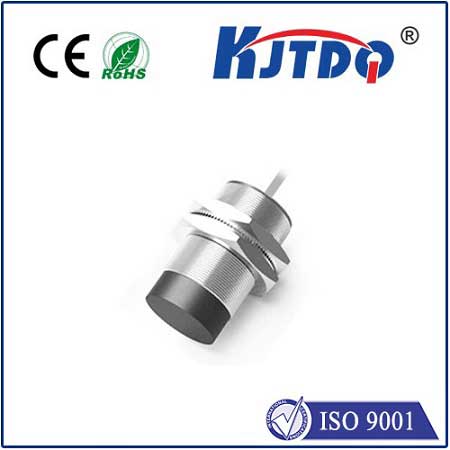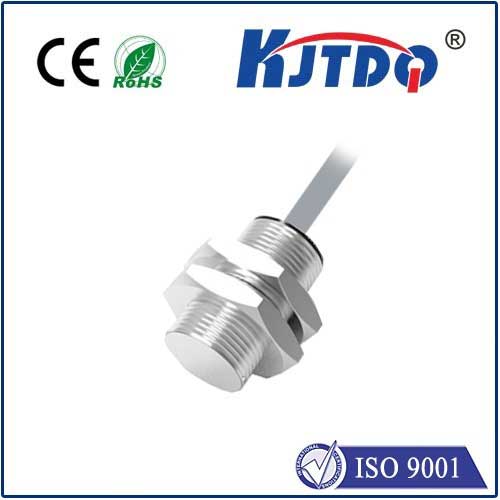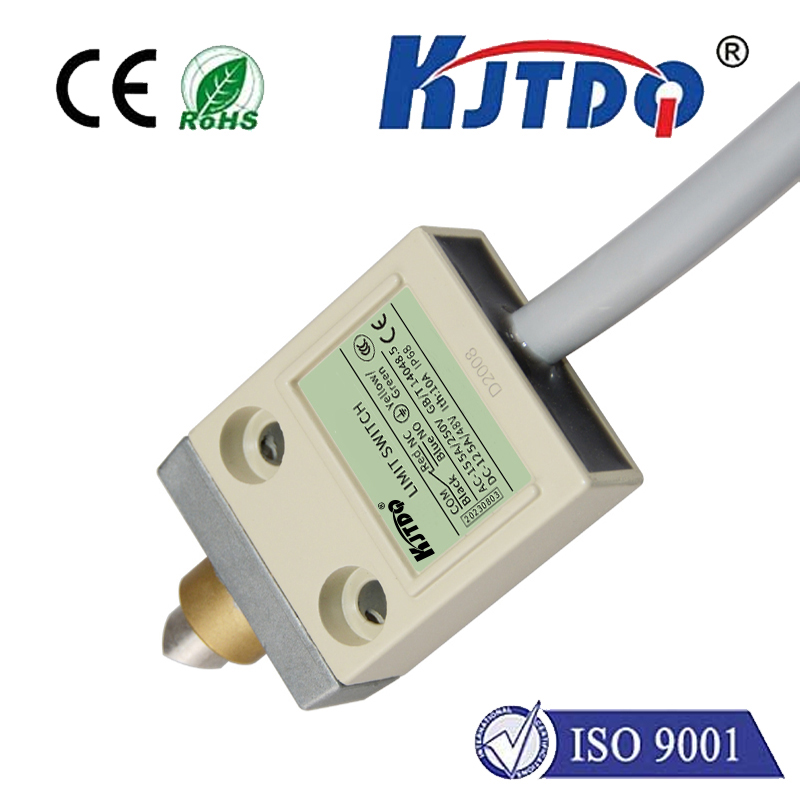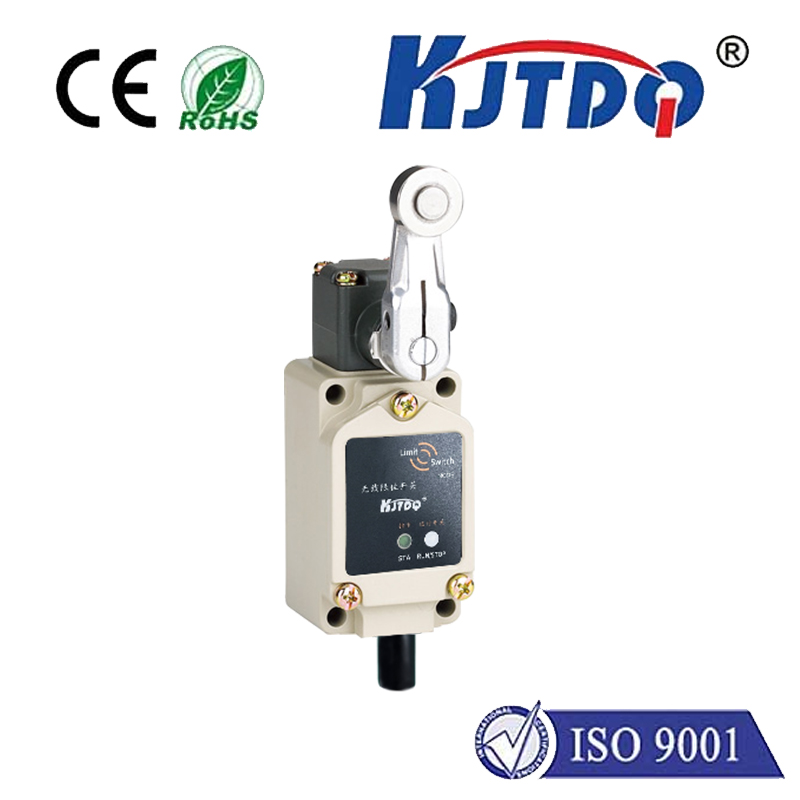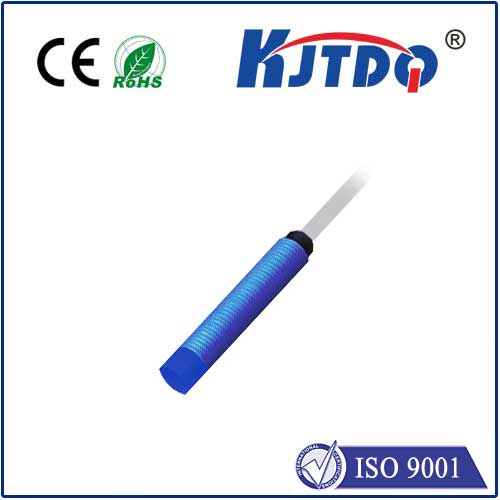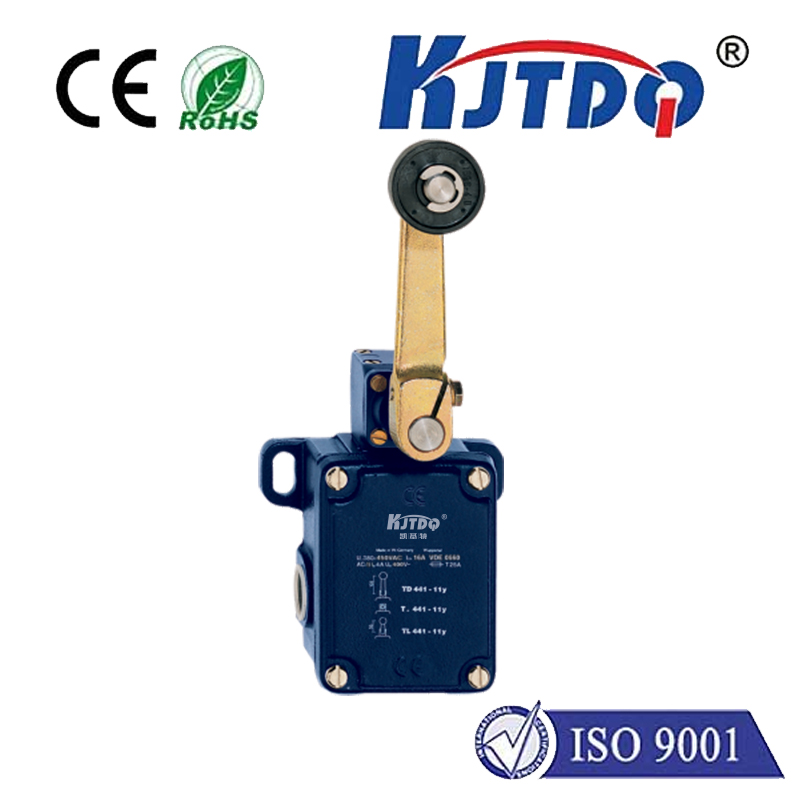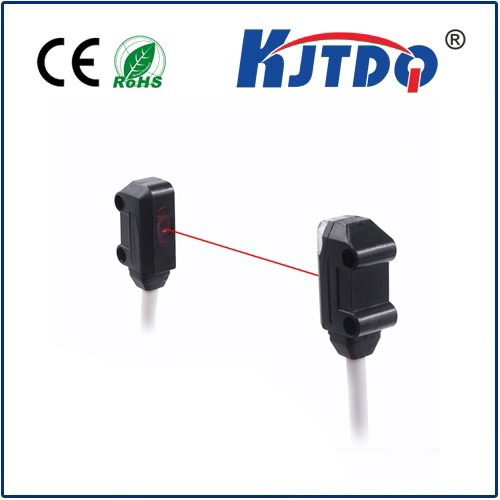spring limit switch
- time:2025-09-13 02:38:43
- Click:0
The Essential Role of Spring Limit Switches in Precision Positioning and Over-Travel Protection
Imagine a massive automated factory line humming with activity. Robotic arms move with blinding speed, conveyors shuttle products relentlessly, and presses stamp out components with immense force. Now, imagine what happens if one of these moving parts exceeds its intended path by just a few centimeters. The results could range from costly damage to catastrophic failure and potential safety hazards. This is where an unassuming yet vital hero steps in: the spring limit switch. These fundamental mechanical sensors play a critical, often overlooked role in ensuring machinery operates safely, reliably, and within its designed boundaries.
What Exactly is a Spring Limit Switch?
At its core, a spring limit switch is a type of position sensing device designed to detect the presence or absence of an object, or more commonly, to indicate when a moving part has reached the end of its desired travel path. Its defining characteristic is the integration of a spring mechanism. Unlike simpler lever-arm switches, the spring element provides crucial functionality. Typically, the actuator (the part that makes contact) is mounted on a spring-loaded plunger or lever. When the actuator encounters an object or reaches its pre-set position, it depresses against the spring force. Once this depression reaches a specific point – the operating point – it triggers the internal electrical contacts within the switch body to change state (e.g., from open to closed, or vice versa).

How the Spring Mechanism Enhances Functionality
The spring isn’t just about resetting the switch; it’s central to the device’s reliability and purpose:
- Over-Travel Protection: This is the primary benefit. The spring allows the actuator to be physically pushed beyond the point where the electrical contacts snap over. This extra travel distance is called the over-travel. It ensures that even if the machine component slightly overshoots its intended stopping point (due to momentum, inertia, or minor misalignment), the switch actuator can absorb this excess movement without causing damage to the internal switching mechanism. The spring compresses further, protecting the delicate contacts.
- ️ Positive Operation: The spring force provides a distinct “feel” and ensures a rapid, positive snap-action when the operating point is reached. This minimizes contact arcing and provides a clear, reliable signal transition.
- Repeatability: A well-designed spring mechanism allows the switch to return precisely to its original position after the actuating force is removed, ensuring consistent operation and position detection cycle after cycle.
- Absorption of Shock and Vibration: The spring component helps dampen minor shocks and vibrations that are common in industrial environments, preventing false triggering and enhancing longevity.
Key Applications: Where Precision and Safety Meet
Spring limit switches are ubiquitous in industrial automation and machinery. Their robust nature and protective features make them ideal for demanding environments:
- Machine Tool Positioning: Precisely defining the start and end points of travel for milling machine tables, lathe carriages, and drill heads. Over-travel protection is critical here to prevent costly tool crashes into hard stops.
- Conveyor Systems: Detecting the presence of items, signaling end-of-conveyor positions, or initiating diverting actions. Spring switches handle jams or misaligned products by absorbing impacts.
- Material Handling Equipment: Limiting the lift height of cranes, hoists, and elevators, or defining the open/close positions of large doors and gates. Safety is paramount in these applications.
- Automated Assembly Lines: Ensuring robotic arms or moving platforms reach their precise programmed locations before initiating the next step in the assembly process.
- Packaging Machinery: Controlling the movement of sealing jaws, product pushers, and filling mechanisms, guaranteeing synchronized operation within tight tolerances.
- Safety Interlocks: Acting as mechanical position sensors on safety guards and access doors, ensuring the machine cannot operate unless the guard is securely closed. The spring helps ensure reliable engagement even if the door isn’t perfectly aligned.
Selecting the Right Spring Limit Switch: Key Considerations
Choosing the most suitable spring limit switch requires careful evaluation of several factors:
- Electrical Rating: Matching the switch’s voltage (AC/DC), current (amperage), and contact type (SPDT, DPDT, NO, NC) to the requirements of the control circuit it’s interfacing with is absolutely essential for safe and reliable operation.
- Environmental Conditions: Will the switch be exposed to dust, moisture, oils, chemicals, extreme temperatures, or explosive atmospheres? Look for appropriate IP (Ingress Protection) ratings (e.g., IP65, IP67) and specific material constructions (e.g., stainless steel bodies, sealed actuators).
- Actuator Type: Plunger, roller lever, wobble stick? The choice depends on the direction of approach of the target object and the required force. Roller levers are common for lateral movement, plungers for direct linear actuation.
- ️ Operating Force & Travel: The force required to actuate the switch and the distance the actuator needs to travel (pre-travel and over-travel) must be compatible with the moving part it will interact with.
- Durability: Assess the expected number of operating cycles and the mechanical stresses involved. Industrial-grade switches are built for millions of cycles.
The Undeniable Benefits of Utilizing Spring Limit Switches
- Enhanced Machine Protection: The over-travel capability is the standout feature, directly preventing damage to both machinery components and the switch itself during unexpected overshoots.
- Improved Reliability & Longevity: The robust mechanical construction, combined with the shock-absorbing spring, ensures dependable operation and extended service life in harsh conditions.
- Positive Feedback: The distinct snap-action provides a clear and reliable electrical signal, crucial for precise process control and safety interlocks.
- Cost-Effectiveness: Compared to more complex electronic sensors, quality spring limit switches offer a highly reliable mechanical position sensor solution at a relatively lower cost.
- Simplicity & Ease of Installation: Their mechanical nature makes them generally straightforward to install, commission, and troubleshoot, even for maintenance personnel without specialized electronics training.
In the complex choreography of modern machinery, spring limit switches provide a fundamental layer of precision and protection. Their clever integration of a spring mechanism transforms a simple position-sensing concept into a robust mechanical position sensor capable of withstanding real-world industrial stresses. By effectively managing over-travel, ensuring positive contact operation, and delivering reliable signals, these components silently and reliably safeguard equipment, optimize processes, and contribute significantly to operational safety.







